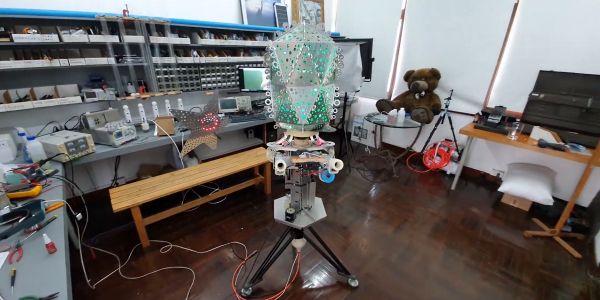The holy grail of computer languages is to write code once and have it deploy effortlessly everywhere. Java likes to take credit for the idea, but UCSD P-Code was way before that and you could argue that mainframes had I/O abstraction like Fortran unit numbers even earlier. More modern efforts include Qt, GTK, and other things. Naturally, all of these fall short in some way. Now Google enters the fray with Flutter.
Flutter isn’t new, but in the past, it only handled Android and iOS. Now it can target desktop platforms and can even produce JavaScript. We haven’t played with the system enough to say how successful it is, but you can try it in your browser if you want some first-hand experience.
Continue reading “Should You Build For Windows, Mac, IOS, Android, Or Linux? Yes!”
















